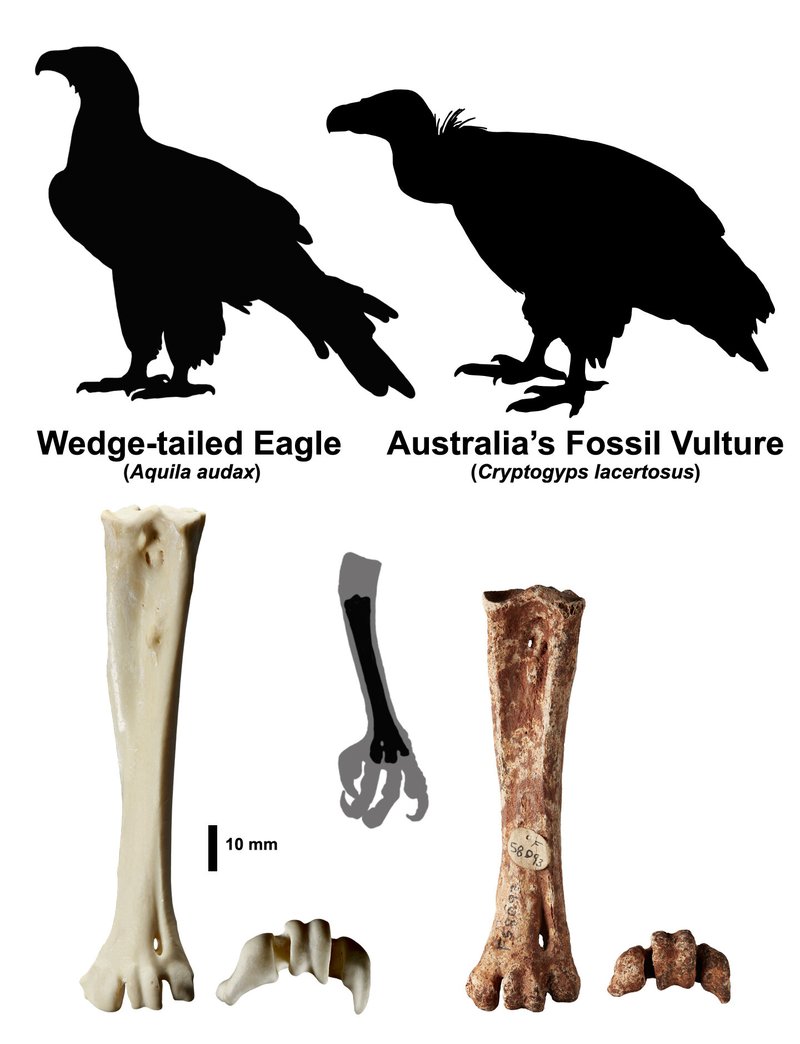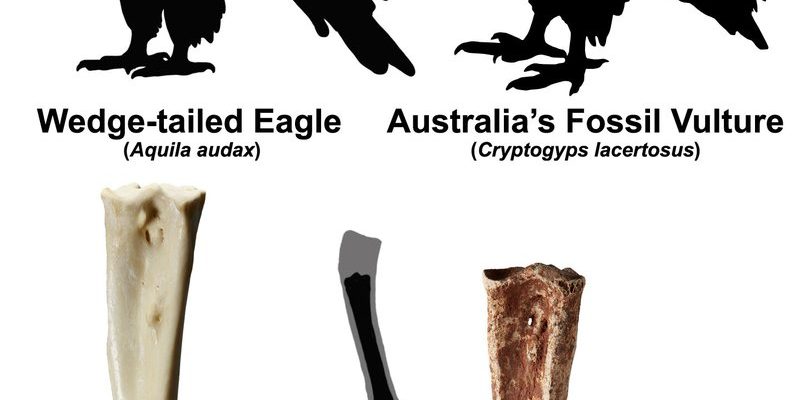
Honestly, vultures are like nature’s clean-up crew. They consume dead animals, which might seem a bit gross at first, but it’s essential for maintaining a healthy environment. Without vultures, we would be overwhelmed with carrion and the diseases that come with it. Through their evolutionary journey, vultures have developed unique traits that make them well-suited for this scavenging lifestyle. Let me explain how these remarkable birds came to be and why they’re so significant to our ecosystem.
The Origins of Vultures
Vultures belong to a broader group called **raptors** or birds of prey, which also includes eagles, hawks, and owls. They have a long history that dates back to the Late Eocene epoch, roughly 40 million years ago. Early vultures were quite different from the ones we see today. They were smaller and had different hunting and feeding strategies. Over time, environmental changes led to the extinction of many bird species, but vultures managed to survive.
Vultures are often categorized into two primary families: **Old World vultures** and **New World vultures**. Old World vultures, found mainly in Europe, Africa, and Asia, are more closely related to eagles. New World vultures, like the iconic turkey vulture, live in the Americas. One fascinating difference between these two groups is how they find food. Old World vultures rely heavily on their keen eyesight to spot carcasses from the air, while New World vultures have an incredible sense of smell that can detect decaying meat from miles away.
As vultures evolved, they adapted to their scavenging lifestyle. Their strong beaks are perfect for tearing through tough hides, and their bald heads help keep them clean while feeding. This baldness is an adaptation that helps vultures maintain hygiene, reducing bacteria growth after they’ve eaten. You might be wondering why vultures aren’t plagued by the diseases they often consume, and it’s largely due to their highly acidic stomachs, which can neutralize harmful bacteria.
Physical Adaptations and Survival
One of the most compelling aspects of vultures is their physical adaptations. These features have evolved to enhance their scavenging abilities and ensure their survival. For example, vultures have excellent vision, which allows them to spot carrion from great heights. Their large wingspan enables them to soar effortlessly on thermal updrafts, conserving energy as they search for food.
Moreover, vultures possess powerful legs and feet designed not for grasping prey like eagles but for walking long distances to find food. With their long, thin legs, they can navigate rocky terrain and open fields. This adaptability is crucial in regions where food sources can be scarce. In many cases, vultures will travel up to 150 miles a day in search of carcasses.
Another fascinating feature is their unique digestive system. Vultures have a robust immune system that allows them to consume decaying flesh without falling ill. Their stomach acids are among the strongest in the animal kingdom, effectively breaking down harmful pathogens. This ability is vital, considering that they often feed on animals that have died from diseases like anthrax and rabies. So, in a way, vultures act as nature’s recyclers, helping to prevent the spread of disease.
The Role of Vultures in Ecosystems
Vultures play a vital role in ecosystems, and their presence is often a sign of a healthy environment. By consuming dead animals, they help to control the spread of diseases and parasites that can affect other wildlife and even humans. Without vultures, decomposing carcasses would pile up, leading to increased bacteria and potential outbreaks of diseases.
In many cultures, vultures are viewed as symbols of purification and renewal. They clean the landscape of decaying matter, allowing for new life to flourish. This clean-up process also enriches the soil, as the leftovers from their meals contribute nutrients back into the ecosystem.
Unfortunately, vultures face numerous threats in the modern world. Habitat loss, poisoning, and illegal hunting have led to declining populations globally. For example, some species of vultures in Asia have suffered dramatic declines due to the use of veterinary drugs in livestock that are toxic to these birds. It’s crucial to recognize the impact of these changes and advocate for conservation efforts to protect these remarkable creatures.
Vultures and Cultural Perceptions
Culturally, vultures often receive a bad rap. Many myths and stories portray them as harbingers of death, which is a bit unfair considering their important role in maintaining ecological balance. In some cultures, they are revered as symbols of strength and resilience. For instance, in Hindu culture, vultures are seen as sacred birds that help guide the souls of the deceased to the afterlife.
On the flip side, in many Western societies, vultures are often associated with scavenging and decay, leading to a negative perception. It’s essential to change this narrative and highlight their ecological contributions. Understanding the *evolutionary history of the vulture* can help shift perceptions and promote awareness about their importance in nature.
You might also come across stories that emphasize their intelligence. Vultures are known for their problem-solving abilities, often working together to locate food sources. This social behavior showcases their adaptability and resourcefulness, traits that have helped them thrive even in challenging environments.
Conservation Efforts for Vultures
Given the declining numbers of vultures worldwide, conservation efforts are crucial. Organizations and governments are working together to raise awareness and implement strategies to protect vulture populations. This includes educating the public about the ecological value of vultures and advocating for their protection in various habitats.
One of the primary strategies involves creating safe habitats free from pesticides and harmful chemicals. Many regions are establishing wildlife sanctuaries that provide safe spaces for vultures to thrive. Additionally, initiatives are underway to monitor vulture populations and track their movements, helping scientists understand their behavior and ecology better.
Community involvement plays a significant role in these efforts. Local populations are encouraged to participate in conservation activities, such as habitat restoration and public education campaigns. By fostering a connection with vultures in their native environments, communities can help shape a more positive perception and spark interest in protecting these incredible birds.
The Future of Vultures
The future of vultures hinges on our collective actions today. As we learn more about their *evolutionary history*, we can appreciate their ecological importance and strive to protect them. Each small change—whether it’s advocating for wildlife-friendly practices or supporting vulture conservation programs—can contribute to their survival.
As we face challenges like climate change and habitat loss, it’s essential to recognize that vultures are more than just scavengers. They are key players in their ecosystems, reminding us of the interconnectedness of life. Protecting vultures means safeguarding the health of our environment, and that’s a responsibility we all share.
In closing, vultures are truly remarkable birds that have evolved over millions of years to adapt to their surroundings. Understanding their history and importance can help foster a greater appreciation for their role in nature. As we move forward, let’s work together to ensure these incredible creatures continue to thrive for generations to come.

